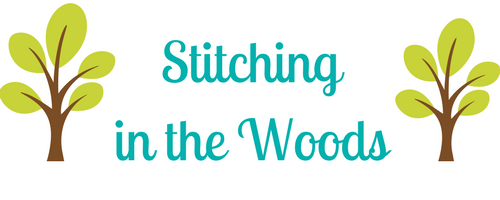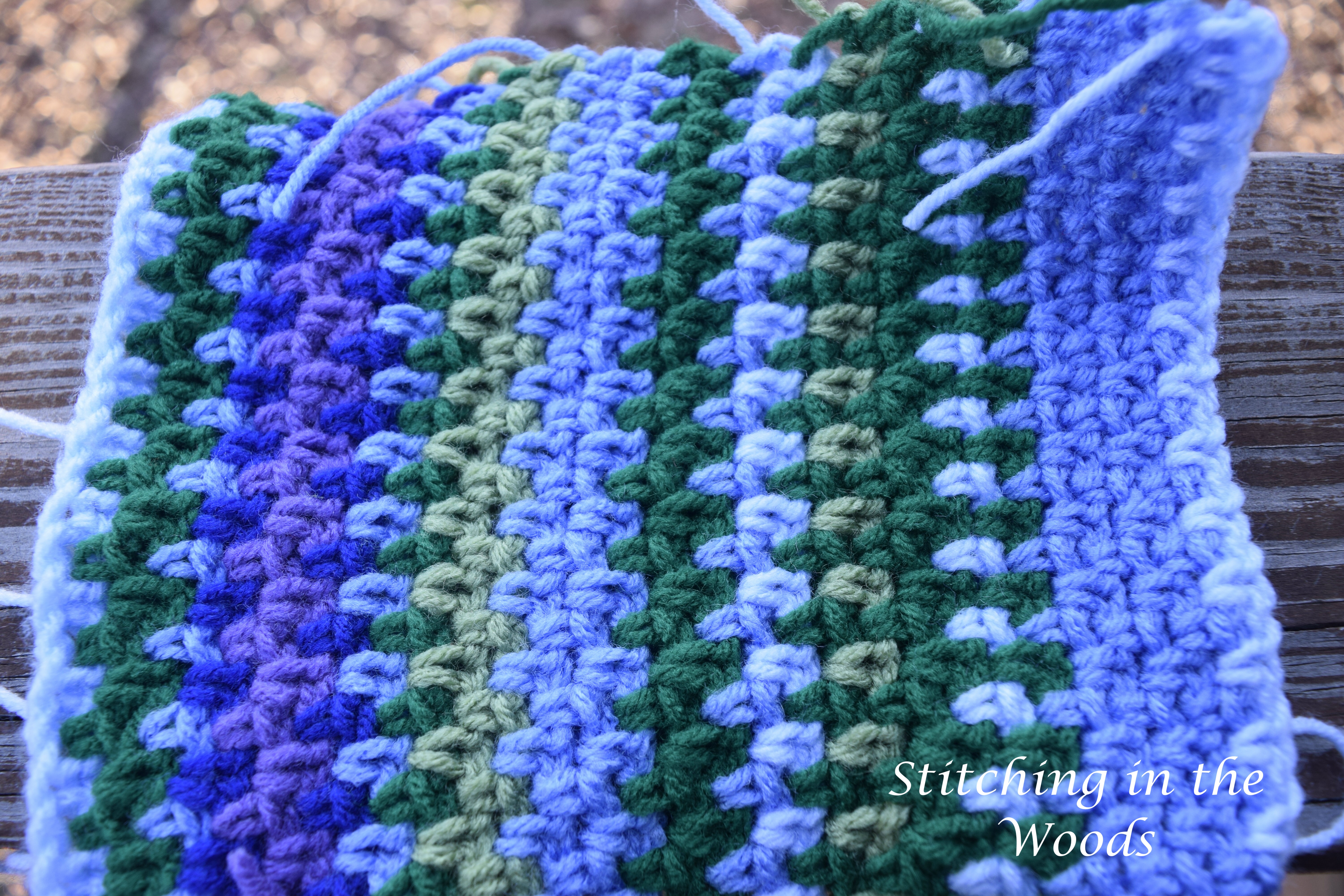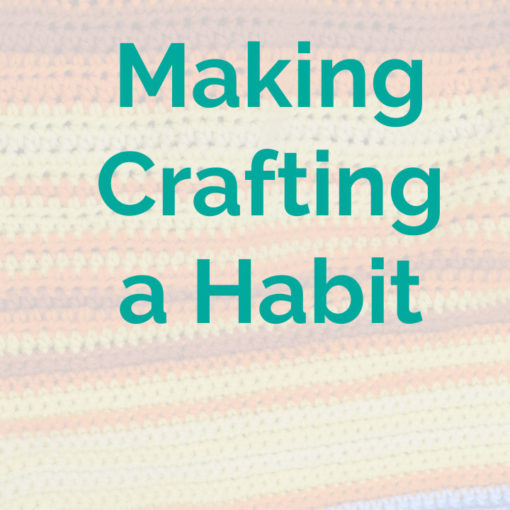You may not be able to find a pattern specifically listed as a temperature project pattern that suits your needs. If this is the case, you can find a “regular” pattern that looks the way you want your project to look. To help you make that pattern work, I’m going to walk you through an example of adapting a pattern.
Note: If you need to learn the basics of temperature projects then go here first. Also, I tried to write out all the thoughts that occurred to me so you can see the processes I go through to adapt a pattern. As such there may be some random tangents.
The pattern I picked
I picked a pattern that has been on my project waiting list for quite a while now. It’s called Isobel’s Afghan and it was put out by Premier Yarns to coincide with the release of their now discontinued Downton Abbey yarn collection. You’ll get a lot more out of this post if you at least open up the pattern (linked to the name of it above) and have it to reference. For copyright reasons I’m not posting any of the pattern here.
My reasons for picking this pattern were the Downton Abbey ties and because it was a motif blanket. The latter would make it easier to adapt to a temperature blanket pattern. I also liked that the motifs were 9 rounds, not too many or too few.
Adapting the basic structure
The bones of a year-long temperature blanket are already there in this pattern. When I saw the 9 rounds of each motif, that brought to mind the 7 days of the week. That would leave 2 rounds to figure out what to do with.
I had a couple possible ideas for those extra rounds. One was to do an average of the low of the week just so it got included. The pattern calls for the 9th round of each square to be the same. If I leave it that way, the extra middle round could be this low average.
Another idea I had was to have the first and last rounds represent the month. Whatever month it is at the start of the week, you use the color representing it in the middle. The middle rounds would go Sunday through Saturday from the inside out. The final round will be whatever color represents the month at the end of the week. I think I like this idea enough to use it.
Since each motif is a week, I at first was planning on 52 motifs total to cover the entire year. Then I remembered that the year actually covers more than 52 calendar weeks if you start every week on Sunday. So if we add 2 more motifs, we end up with 54 motifs. That would be enough to cover the full year.
Adapting the rest of the pattern parts
The only other things to decide would be arrangement and colors. I’d start the year at the top for sure. Otherwise, it’s choosing between the weeks snaking through the blanket or starting each row on the left. I would probably make it start on the left every row just like a calendar does.
For the colors, I would need my temperature colors plus my neutral filler color, and my month colors. If I did 9 temperature colors that would make 22 colors. The month colors wouldn’t use much yarn upon initial consideration. But each one would be the inner and outer round for at least 4 squares. That would end up using enough yarn to merit the same amount of yarn as one of the less-used temperature slots.
The last blanket color scheme I made with around 22 colors was my anniversary blanket and while it’s interesting, it makes it harder to work on. That leads me to reconsider the low and neutral color plan. But after reconsidering I think I would stick with the month plan. This is because I have to remember that only 1 or 2 of the month colors would be used for each square.
Checking the feasibility
The original pattern was a decent size and didn’t use a ton of yarn. I don’t think my changes added that much to it. Regardless, I want to run some numbers to see how these changes will affect the blanket.
To double check the eventual size of the blanket, I had to reverse engineer the final numbers for the original pattern. With the 54 squares I would need to change the size of the blanket from an 8 row by 5 column one to a 9 row by 6 column one. If the original size was 72″ long by 46″ wide then the new size would be 81″ long by 55″ wide. I like that it doesn’t add a lot of length or width to adapt the pattern.
I also want to work out how much yarn is needed for the larger number of motifs. The original yardage called for was 2760 yards for 40 motifs. If I assume that the edging yarn will work out evenly, I can divide that yardage over the 40 motifs.
2760 yards ÷ 40 motifs = 69 yards/motif
69 yards/motif x 54 motifs = 3726 yards
I can then take this and translate it to some sort of tweed yarn like this one maybe (affiliate link) to keep with the original flavor of the blanket. Since the yarn is $4.99 (at the time of publishing) for 110 yards, we’re looking at $169.66 plus tax for the yarn for the blanket. It’s a bit of a sticker shock, but that really breaks down to around $15 a month. If it’s not necessary to get all the yarn at once I could spread it out throughout the year. Of course I’m paranoid of things going out of stock after 2020.
Conclusion
This pattern ended up having a pretty seamless transition into a temperature project. I’ll have to keep myself from getting overly excited about my plan and finishing the other projects I’ve planned first. Hopefully this post helps give you the framework to adapt other patterns you see into a temperature project!
Have you ever adapted a pattern to a temperature project? Share your experience or tips below!
FREE Temperature Tracker!!!!
Enter your email address and you'll get a completely free, ready to print temperature tracker to use for your project.




